Sabrina & Nikola /Сабрина & Никола
Things To Do
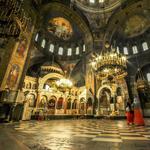
St. Alexander Nevsky Cathedral
The cathedral was built to honor Russian soldiers who died during the Russo-Turkish War of 1877, after which Bulgaria was liberated from Ottoman rule, and was named after Saint Alexander Nevsky, a Russian prince in the early 13th century.
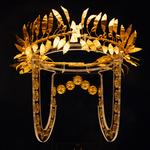
National Museum of History
The National Historical Museum in Sofia is Bulgaria's largest museum. It was founded on 5 May 1973. A new representative exhibition was opened in the building of the Court of Justice on 2 March 1984, to commemorate the 13th centenary of the Bulgarian state.
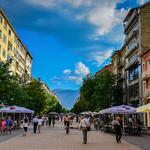
Bulevard "Vitosha"
Vitosha Boulevard is the main commercial street in the centre of Sofia, the capital of Bulgaria, which is abundant in posh stores, restaurants and bars. It extends from the St Nedelya Square to the Southern Park.

Vitosha Mountain
Vitosha, the ancient Scomius or Scombrus, is a mountain massif, on the outskirts of Sofia, the capital of Bulgaria. Vitosha is one of the symbols of Sofia and the closest site for hiking, alpinism and skiing. Convenient bus lines and rope ways render the mountain easily accessible.

Bulgarian Archeological Museum
The National Archaeological Institute with Museum at the Bulgarian Academy of Sciences covers the complete study of the culture of tribes and peoples who have occupied present day Bulgaria from the remote past until the 18th century. NAIM-BAS is a national center and coordinator of all field research in Bulgaria and exercises scholarly and methodological control on it. The Museum of Archaeology hosts the most numerous collections in Bulgaria and its exhibitions reveal it as one of the most important centers in the country for promotion of the cultural heritage of present day Bulgaria.
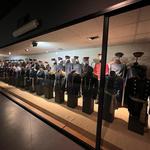
National Museum of Military History
The National Military History Museum is a museum dedicated to military history in Sofia, Bulgaria. A structure of the Ministry of Defence, it has existed under various names and subordinate to various institutions since 1 August 1914.
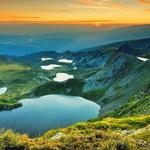
Seven Rila Lakes
The Seven Rila Lakes are a group of glacial lakes, situated in the northwestern Rila Mountain in Bulgaria. They are the most visited group of lakes in Bulgaria. The lakes are situated between 2,100 and 2,500 metres elevation above sea level. Each lake carries a name associated with its most characteristic feature.
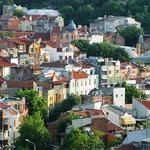
Plovdiv
Plovdiv is an ancient city built around 7 hills, in southern Bulgaria. The Regional Archaeological Museum chronicles the city’s history, with exhibits including mosaic panels, clay lamps and early coins. The Roman-era Ancient Theatre of Philippopolis, which once seated around 6,000, now hosts opera and concerts. A 3D movie at the Emperor Hadrian–era Ancient Stadium re-creates Plovdiv in the 2nd century A.D.
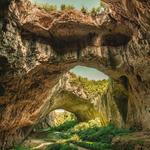
Devetashka Cave
Devetashka cave is an enormous cave in Bulgaria, which has provided shelter for groups of humans since the late Paleolithic era, and continuously for tens of thousands of years since then. Now abandoned by humans, it remains a site of national and international significance and is home to some 30,000 bats.
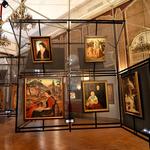
The Palace - National Art Gallery
Like the previous museum, this National Art Gallery also holds around 50,000 pieces of the art and heritage of the Bulgarians. It is situated at the capital city of Bulgaria and overs most of the historic and edifice of the Royal Palace of Bulgaria.